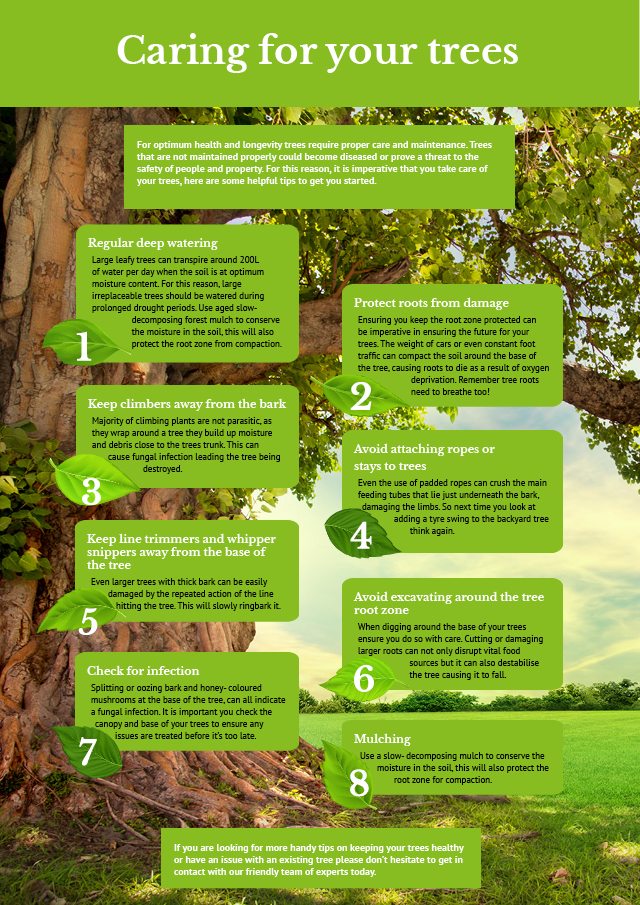Post-Tree Elimination Upkeep Is Important For Restoring Your Landscape; Discover Key Steps To Rejuvenate Your Area And Prevent Possible Issues
Post-Tree Elimination Upkeep Is Important For Restoring Your Landscape; Discover Key Steps To Rejuvenate Your Area And Prevent Possible Issues
Blog Article
Authored By-Hinrichsen Als
After a tree's elimination, your landscape might look quite various, and it's essential to assess the consequences very carefully. You'll want to examine the dirt disturbance and check surrounding plants for any signs of anxiety. Ignoring these variables can bring about bigger problems down the line. So, what should you perform with those stumps and roots? And how do you pick the very best plants for your revitalized space? Let's explore these important actions.
Analyzing the After-effects: Assessing Your Landscape
After a tree removal, it's essential to analyze your landscape to understand the effect it carries your yard.
Begin by analyzing the location where the tree stood. Look for indicators of soil disturbance, and check the bordering plants for any kind of stress or damages.
You must additionally bear in mind of how the removal has actually altered sunshine exposure and air flow in your yard. This change can affect the growth of close-by plants, so it's vital to evaluate their health and wellness.
Consider the aesthetic aspects also; the elimination may produce an open space that you can revamp.
Ultimately, consider any type of prospective erosion problems that might develop from the tree's lack. Addressing these aspects early will help restore equilibrium to your landscape.
Managing Stumps and Roots: Alternatives for Removal
As soon as you've examined the results of the tree removal, you'll likely require to take on the stump and origins left behind.
You have a couple of options for removal. One reliable method is stump grinding, where a professional utilizes a maker to grind the stump to underground level. This method leaves minimal interruption to your landscape.
If you favor a do it yourself method, you can utilize a combination of digging and chemical stump removers. Simply remember, this process can take some time and initiative.
Alternatively, take into consideration leaving the stump as a natural function, which can serve as an unique yard element or habitat for wild animals.
Whatever you select, attending to the stump and origins is important for recovering your landscape.
Selecting the Right Plants for Your New Space
As you examine your newly gotten rid of area, picking the right plants can significantly improve your landscape's beauty and capability.
Start by thinking about the sunlight and dirt problems. For warm locations, select drought-resistant plants like lavender or succulents. In shaded areas, ferns and hostas grow well.
Think of the size and development routines of your plants; mix perennials and annuals for seasonal selection. Don't neglect to incorporate indigenous varieties; they need much less upkeep and support local wildlife.
How To Prune A Braided Hibiscus Tree in odd numbers for a more all-natural look and produce layers for visual depth.
Lastly, ensure you have a mix of shades and structures to maintain your landscape vibrant throughout the seasons.
Satisfied planting!
Conclusion
To conclude, restoring your landscape after tree removal is a gratifying process. By analyzing the after-effects, attending to stumps and origins, and selecting the right plants, you'll create a thriving setting. Do not fail to remember to integrate disintegration control measures to safeguard your dirt. With Get Paid To Have Trees Removed and treatment, you can transform your space right into a vibrant garden that boosts your residential property. Welcome the possibility to rejuvenate your landscape and enjoy the elegance of nature right in your backyard!
